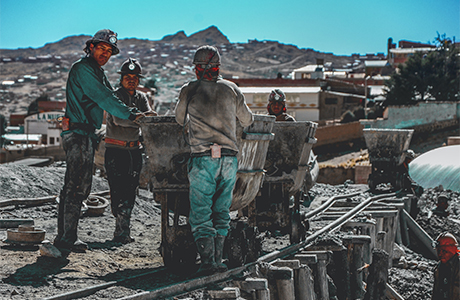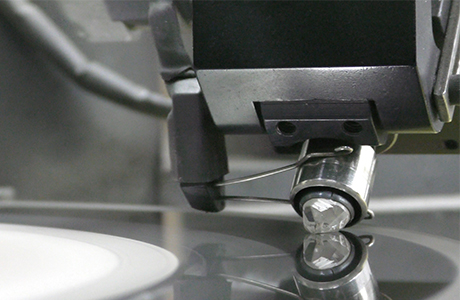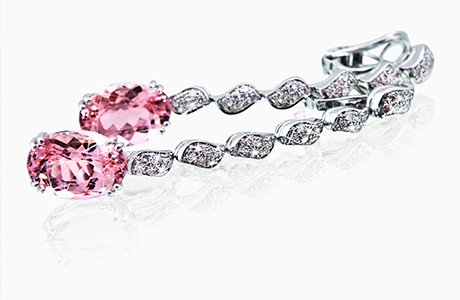History of the Diamonds
Makhafola Minerals perform the diamond business's full cycle from procuring the diamonds directly from Africa's mines to the global clientele.
Miners and producers

Why are diamonds found in so few places? Because large, commercially viable diamond mines are a rarity. Today, there are only about 20 major diamond mines in the world. And the significant supply is even rarer — only 11 mines make up 62 percent of the world's production of diamonds by carat!
And they’re getting even rarer. The last major diamond mine was discovered in Zimbabwe in 1997.
No matter how big the mine is, you've got to move much rock to get at a minimal number of diamonds. Production varies by mine, but the world's "richest" mine — the Jwaneng mine in Botswana — has to move a ton of rock to get 1.4 carats of rough diamond, on average.Makhafola Minerals have been associated and site holders with major mines of Africa.
Cutters and Polishers
The producers then sell their rough diamonds to intermediaries who cut and polish the diamonds. It's a costly process: most rough diamonds lose 50 to 60 percent of their weight going to polished form because the material is cut or polished away.Other sales are made using auctions.
In the past, most of the cutting and polishing was done in only a few centers: Antwerp, Tel Aviv, and Russia. Today, most of the smaller stones in the world (less than 3 carats) are cut in India, followed by China.
The reason: low labor costs. In the U.S., it costs about $100 a carat to cut a diamond; in India, it costs $10.
To lower production costs, diamond cutters use sophisticated computer programs that map out the most efficient way to cut a diamond. In recent years, tremendous advances have been made using sophisticated laser cutting machines that can cut and polish diamonds with minimal human labor.
All of our cutting and polishing processes would be done in India. Due to the low labor and admin cost out, prices are very competitive than our competitors.

Jewelry Manufacturers

Once stones are cut and polished, it's time to get them into the hands of jewelry manufacturers. These sales typically take place in the diamond cutters' central and regional offices, and increasingly at exhibitions held in different cities worldwide. The two biggest are held each year in Hong Kong and Las Vegas.
Jewelry manufacturing is a fragmented business: more than 10,000 players globally, most of whom are anonymous.
Our prices are 20% to 40 % then these exhibitions.
Retailers, Supply and Demand For Diamonds
This group is even more fragmented than the manufacturers. There are roughly 250,000 jewelry retailers worldwide, most of them locally owned and operated.
Internet sales have also grown and have been a big help in introducing more transparent pricing.
Due to expensive showrooms' heavy rental and administrative costs, retailers' prices are always more than us between 20% to 40%.

